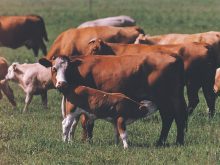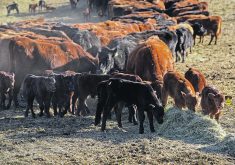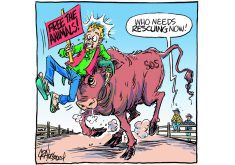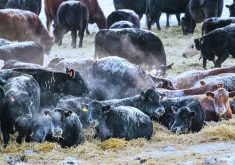The twinning rate in cattle is about one in 4,000 births. This number can be increased by using hormones. The advantage would be that rather than getting one calf from a cow, producers would get two. However, there are drawbacks.
Stillborn calves occur in only four percent of single calves compared to 13 percent of twins. Calf mortality after calving is about five percent with singletons, but between 16 and 22 percent with twins. Retained placentas rise from one to three percent with singles, to between 15 and 30 percent when two calves occupy the uterus.
Read Also
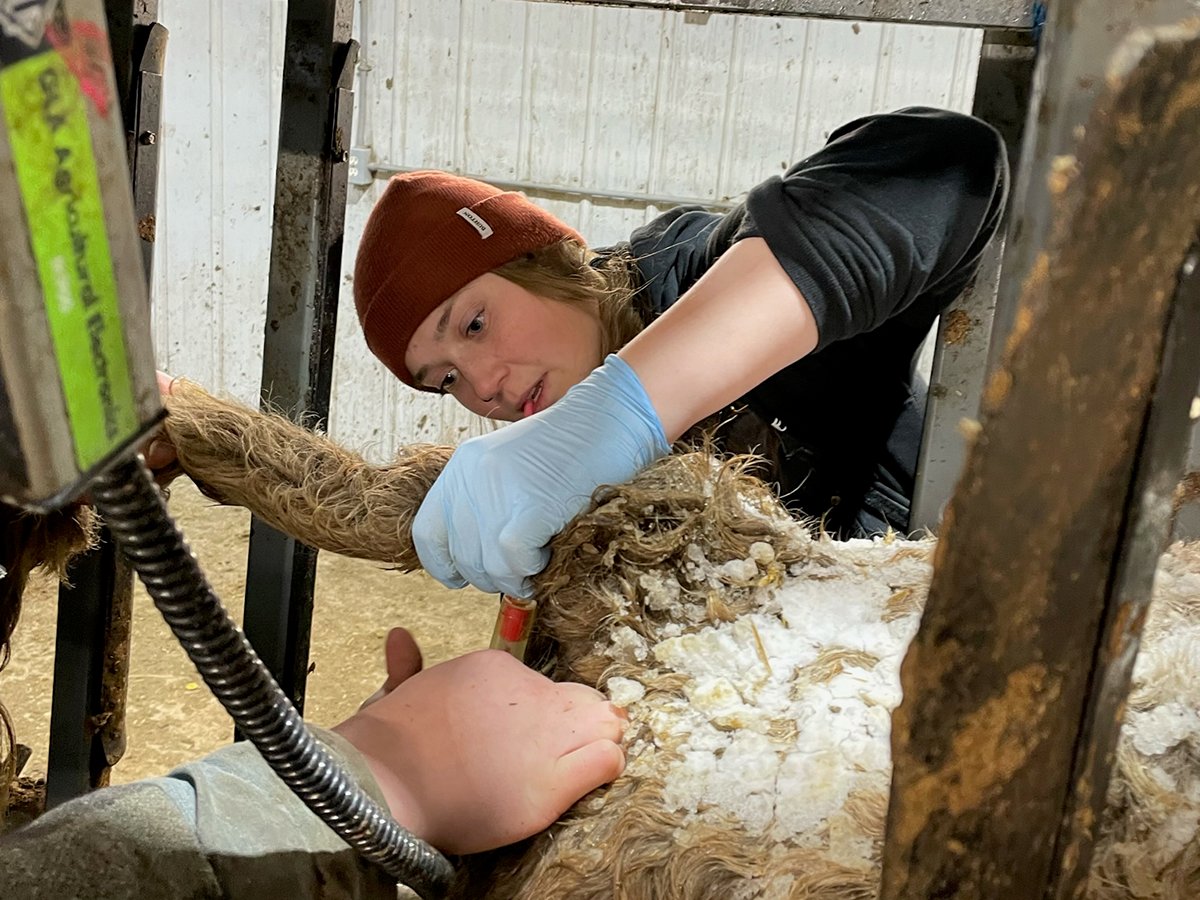
Pen riders better than tech at detecting respiratory disease in feedlot cattle, says researcher
Katrina Garneau’s recent research found that pen riders are better than technology at flagging signs of BRD in feedlot cattle.
The effect of twins on dystocia rates is confusing. For example, one study suggested dystocia complications, or difficult labour, was 20 percent for singletons and 47 percent for twins. This is an obvious drawback associated with twins.
Another study put both numbers at about 20 percent, suggesting twinning had no effect.
This disparity in dystocia rates may reflect competing dynamics. Bearing twins means cows have smaller calves and therefore less chance of them getting stuck in the pelvis. On the other hand, because there are two calves, there is a greater possibility that they can get jumbled together in the uterus. This leads to the possibility of malpositioning and an inability to pass through the birth canal.
The biggest concern is that because twins are so rare, producers don’t expect them and are unprepared at calving time. The solution is to simply determine the pregnancy status of each cow beforehand. This can eliminate surprises by identifying cows at high risk for complications.
The first task is to reliably detect twins. Rectal palpation is notoriously poor. In California dairy herds, veterinarians using palpation diagnosed only 49 percent of twin pregnancies.
Ultrasound is more sensitive, up to 93 percent accurate, if performed between 49 and 55 days gestation. However, not all cows can be checked at this point in pregnancy and not all veterinarians have ultrasound equipment.
A promising development is a blood test to detect twin pregnancies. Still in the experimental stage, its use will depend on the cost of the test and whether it is economical to use on a herd basis.
Cows that are kept in traditional management systems and bearing twins are slow to begin cycling and have longer periods between calving and conception. For example, one study showed up to 89 percent of cows bearing singletons were cycling by 90 days after calving. Only 43 percent of cows with twins were cycling by this time. The reason is the increased demand for nutrition by the fetuses and then the calves on the dam.
Once cows are identified as bearing twins, they need to be segregated from the herd and given better nutrition. This is to meet their increased nutritional requirements, during late gestation and while nursing.
Another solution for this problem is early weaning six to eight weeks after calving. This gives the cow time to recover and maintain reproductive performance.
Although post-calving facilities should be available for all cows, they are necessary when twins are expected. To create a lasting bond, the trio should be penned together for 24 hours or more before being moved to pasture.
Twinning rates can be dramatically increased by giving hormones. But boosting calf crops means there has to be a corresponding change in management to address potential dystocias and the poorer post-partum reproduction.
The program would have to start with early diagnosis of twins, followed by proper feeding of the cow, and then consideration of early weaning.
When twins are born, producers should check for freemartinism, which is the birth of an infertile female with a male twin. However, not all calves have a brother as a twin, and not all heifers born twin to a male end up being infertile.
In the long run, the number of fertile heifers averages out with the absolute number of fertile females being the same as if they were all born singleton. The difference is that more calves are born, boosting profitability.




